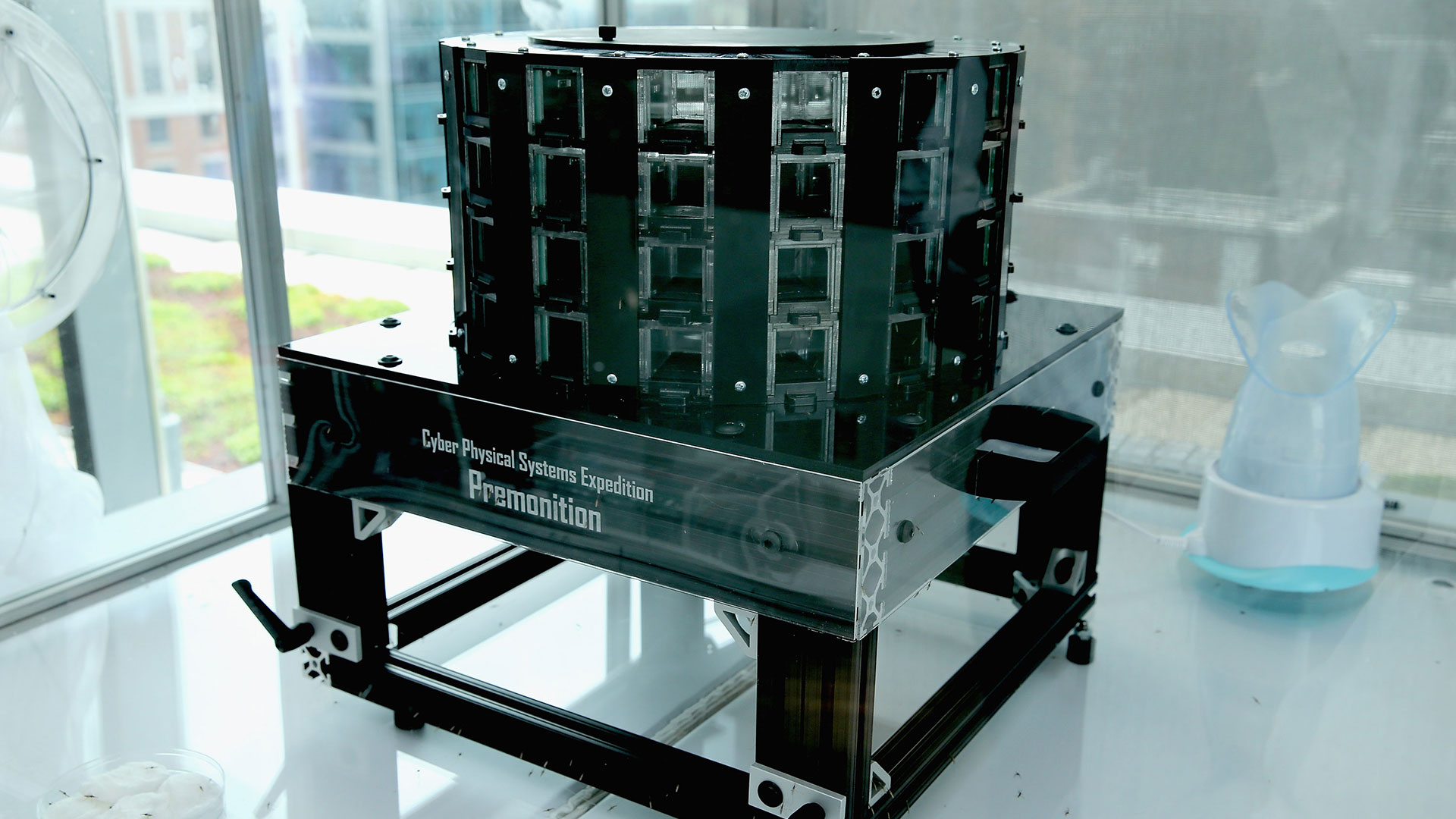

Amazon wants drones that autonomously deliver packages. Microsoft wants drones that save lives. In 2015, the software giant announced Project Premonitions, which plans to use a fleet of drones to can detect mosquito hotbeds.
The blood that mosquitos suck from animals and humans contain pathogens that researchers use to identify known and unknown mosquito-borne diseases, such as Zika and West Nile. Catch the presence of a deadly virus early enough, and scientists could prevent an epidemic.
The main problem is that researchers don’t have the exact GPS coordinates of mosquito breeding grounds. So Microsoft’s drones have to learn to seek out and identify potential swarms of blood-suckers. Aerial Informatics and Robotics (AIR) group was formed within Microsoft Research in June 2016, to combine artificial intelligence and computer vision to develop safe autonomous drones with decision-making capabilities that can complete that task. That’s a challenge that goes beyond delivering goods to an address.
Microsoft also developed robotic mosquito traps that identify and collect only specific species of mosquito, rather than have researchers manually examine each insect to determine if it’s the type needed for their research. These robotic traps were deployed in Houston, Texas last summer to help the city to survey for mosquito-borne diseases.
AIR says on its Web site that its technology could be applied beyond drones, and used in gliders, small aircraft, and even commercial airlines. Beyond pathogen surveillance, intelligent drone swarms can be used in agriculture, weather sensing, and to enable digital connectivity.